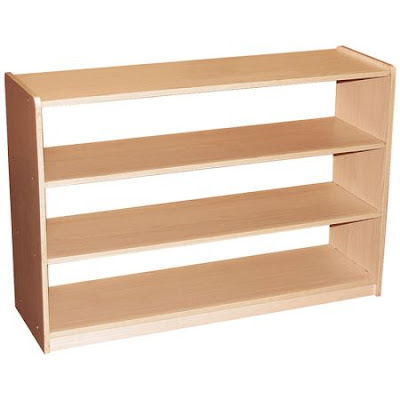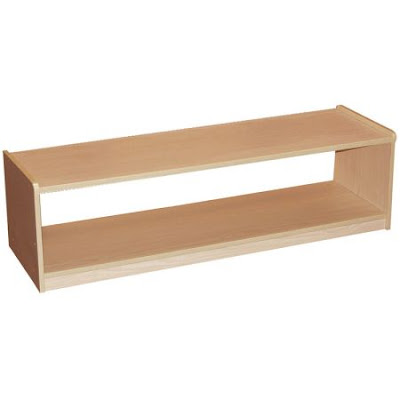Providing
your child with a nurturing learning environment doesn't require a formal
classroom. With a thoughtful setup and the right guidance, your home can become
a powerful space for development, creativity, and independent thinking.
Inspired by the Montessori philosophy, many parents today are choosing to bring
elements of this time-tested educational method into their everyday routines.
Why Use Montessori Materials for Home?
The
beauty of the Montessori method lies in its simplicity and intention. Kid Advance Montessori
Materials for Home
are not random toys—they’re carefully designed tools that engage your child’s
senses and spark curiosity. These materials are usually made from natural
elements like wood or metal and focus on a single concept at a time.
From
shape sorters that teach geometry to pouring sets that build motor skills,
these materials support early development without overwhelming the child.
Instead of relying on digital screens or noise-making gadgets, Montessori tools
allow children to learn through doing—measuring rice, folding towels, or
matching colors and sounds.
Setting Up Your Home for Montessori Learning
Creating
a Montessori-friendly environment at home doesn’t require expensive
renovations. The goal is to make learning accessible, organized, and calm.
Start by designating a small area in your home for specific activities.
Practical Life Area
This
is where children develop coordination, independence, and confidence. Include
child-sized items like brushes, pitchers, or dressing frames. These help your
child learn essential life skills through imitation and repetition.
Sensorial Corner
Children
aged 2–6 absorb information primarily through their senses. Set up trays with
textured fabrics, color tablets, or sound cylinders to help sharpen their
sensory perception.
Language and Math Station
Use
materials that promote phonetic awareness and number sense. Sandpaper letters,
movable alphabets, and number rods are effective, hands-on tools. These can be
introduced gradually, based on your child’s interest and pace.
Integrating Montessori Home School Materials into Daily
Routines
While
formal homeschooling may not be every parent’s goal, using Montessori Home School Materials can
significantly enhance home-based learning. These materials foster independent
study and exploration. For instance, a wooden hundred board can help your child
explore counting and number patterns. Language boxes can support vocabulary
development.
Montessori
learning at home is not about rigid schedules. Instead, it's about making
education part of your child's daily rhythm. For example:
·
During
meal prep: Let them pour, measure, and mix.
·
On
walks: Explore shapes, colors, or count
steps.
·
While
cleaning: Give them tools their size so they
can join in.
The
goal is to help them become more aware, more capable, and more curious.
Benefits of Montessori Learning at Home
Some
of the biggest benefits of incorporating Montessori practices and tools at home
include:
·
Increased
focus and attention span
·
Better
fine motor and problem-solving skills
·
A
stronger sense of independence
·
Greater
confidence and self-regulation
·
A
lifelong love of learning
This
approach doesn't rush children—it respects their pace. Instead of pushing
performance, it invites participation.
Tips for Parents Starting Out
·
Start
small: Introduce one or two materials and
observe how your child engages.
·
Follow
their lead: If they’re not interested in a
specific tool, rotate in another.
·
Respect
independence: Allow
them to try, make mistakes, and try again.
· Keep
things organized: A clean
and orderly space encourages focus and ownership.
Don’t
feel pressure to replicate a Montessori classroom. The home version is about
being intentional and responsive, not perfect.
FAQs
Q1: At what age can I start using Montessori materials at
home?
You
can start as early as 6 months with basic sensory toys, but most structured
activities begin around 18 months. The key is to adapt to your child’s
individual development, not just age.
Q2: Do I need to buy expensive Montessori tools?
Not
at all. While specialized tools are useful, many everyday household
items—measuring cups, clothespins, or bowls—can be used in a Montessori way.
The focus is on hands-on, real-world interaction.
Q3: Can Montessori work if I’m not homeschooling full-time?
Absolutely.
Even if your child attends traditional school, integrating Montessori methods
at home can support deeper learning, independence, and life skills.
Q4: How do I know if a material is
"Montessori-aligned"?
Look
for items that are:
·
Purpose-driven
(teach one skill or concept)
·
Made
from natural materials
·
Simple
in design
·
Encourage
independent use and discovery
By
choosing the right Montessori Materials
for Home and blending them with Montessori
Home School Materials, you can offer your child a learning experience
that’s rich, respectful, and deeply empowering. With just a few changes to your
home and mindset, the Montessori approach can become part of your everyday
life.
Would
you like a downloadable checklist for a Montessori home setup or
recommendations on budget-friendly materials?








No comments:
Post a Comment